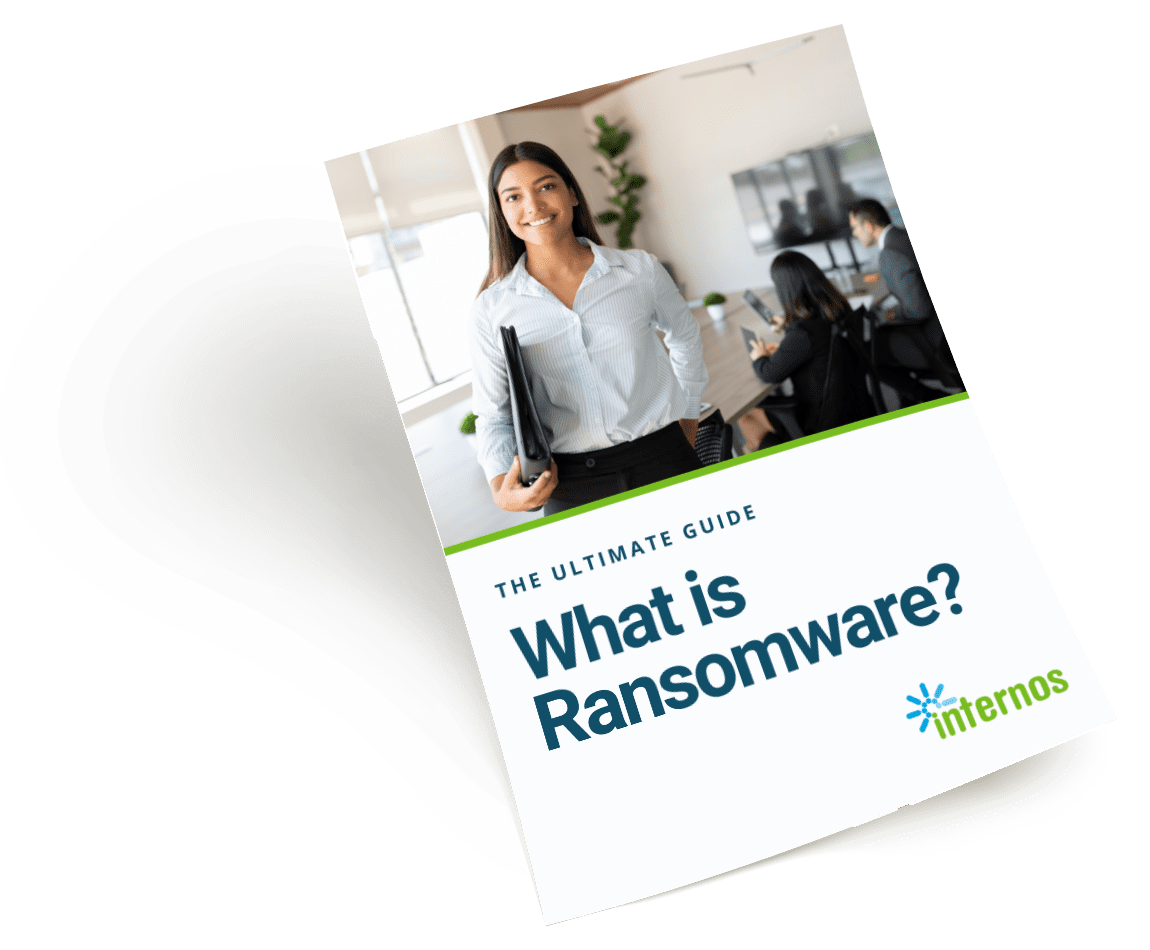
Ransomware has recently become a household term and for a good reason. It is a malicious software that locks your data or device and demands a ransom to unlock it. But what is it exactly, and how can it impact your business financially and operationally? More importantly, how can you protect your business from falling victim to this growing cyber security threat?
What Is Ransomware?
Ransomware has been a significant player in the world of cyberattacks. In fact, according to the 2023 IBM Security X-Force Threat Intelligence Index, it accounted for 17 percent of all cyberattacks in 2022.
While ransomware attacks were once simple, involving the payment of a ransom for an encryption key, they have evolved significantly. We now face double-extortion and triple-extortion attacks, which escalate the risks for victims, even if they have robust backup strategies and disaster recovery plans.
Double-extortion attacks not only encrypt data but also threaten to steal and expose it online. Triple-extortion attacks go even further by targeting the victim’s customers or business partners using stolen data.
Although there was a 4 percent decrease in ransomware incidents from 2021 to 2022, the average attack timeline has dramatically decreased from two months to less than four days, leaving organizations with little time to detect and thwart potential attacks effectively.
The Monetary Threat
Ransom payments can reach staggering amounts, often undisclosed by victims and negotiators. Beyond the ransom itself, the cost of a ransomware attack includes significant financial repercussions.
According to IBM’s Cost of a Data Breach 2022 report, the average cost of a data breach resulting from a ransomware attack, excluding the ransom payment, reached $4.54 million. In 2023, ransomware attacks are projected to impose an overall cost of $30 billion on victims.
Organizations must take action to protect their data and operations.
Types of Ransomware
Ransomware comes in two main flavors, each with its unique characteristics:
1. Encrypting ransomware (crypto ransomware): This type locks a victim’s data by encrypting it and demands a ransom in exchange for the encryption key required to unlock the data.
2. Non-encrypting ransomware (screen-locking ransomware): Instead of encrypting data, this variant locks the victim’s entire device, often by obstructing access to the operating system.
These two types can be further divided into subcategories, including:
- Leakware/doxware.
- Mobile ransomware.
- Wipers/destructive ransomware.
- Scareware.
The cyber landscape has witnessed the emergence of over 130 distinct and active ransomware families or variants, each with its unique characteristics and functions.
Notable Variants
Several ransomware strains have made headlines due to their significant impact and notoriety. These include CryptoLocker, WannaCry, Petya and NotPetya, Ryuk, DarkSide, Locky and REvil (Sodinokibi). These variants have influenced the evolution of ransomware tactics and the cybersecurity industry’s response.
Want to learn more about each of these dangerous ransomware variants from managed IT professionals? Check them out in more detail in our “What Is Ransomware? The Ultimate Guide.”
Stages of an Attack
Understanding the stages of a ransomware attack is crucial to combat this threat:
1. Initial access: Cybercriminals gain entry through phishing attempts or exploiting vulnerabilities.
2. Post-exploitation: Attackers introduce remote access tools or deploy malware after gaining initial access.
3. Understand and expand: Attackers comprehend the system they’ve infiltrated and expand their reach through lateral movement tactics.
4. Data collection and exfiltration: Ransomware operators identify and steal valuable data, often using it for double-extortion tactics.
5. Deployment and sending the note: Ransomware encrypts files or locks the device, and a ransom note is presented with instructions on how to pay.
How to Protect Your Business
Protecting your business IT from ransomware is essential. Here are five practical steps you can take:
1. Secure backups: Maintain robust backups of your data and system images on disconnected devices like hard drives.
2. Regular patching: Apply software and operating system patches regularly to bolster defenses against cyberattacks.
3. Update cybersecurity tools: Keep your cybersecurity tools up to date, including anti-malware software, firewalls and more advanced solutions like SOAR, EDR, SIEM and XDR.
4. Employee training: Empower your team with cybersecurity training to recognize and thwart phishing and social engineering attempts.
5. Access control policies: Implement robust access control measures, such as multi-factor authentication and network segmentation, to prevent it from reaching critical data.
In the unfortunate event of an infection, a multifaceted response is crucial. Decryptor tools for some variants are available through initiatives like No More Ransom. For a comprehensive incident response plan, refer to our free Ransomware Attack Checklist.
Want to Learn More?
Your organization’s security is our top priority. Our free “What Is Ransomware? The Ultimate Guide” goes into much more detail about this pressing cyber threat.
If you have any questions about, don’t hesitate to contact us or book a meeting. Together, we can effectively combat this growing threat and protect your valuable data and operations.

